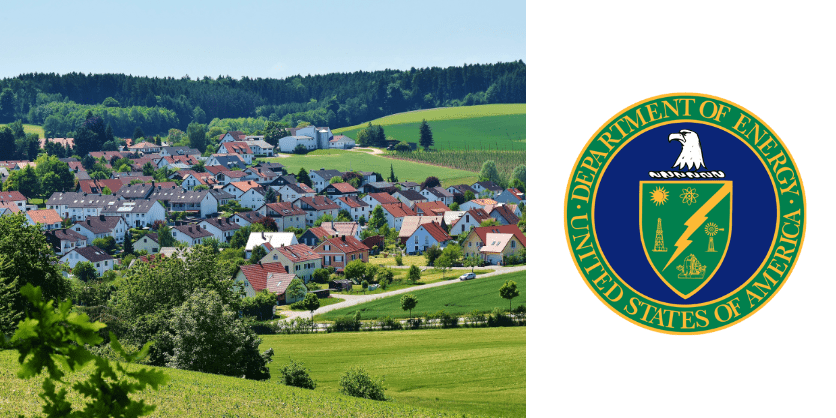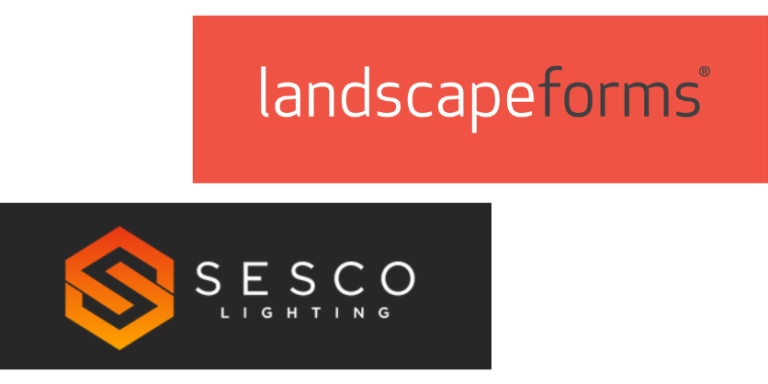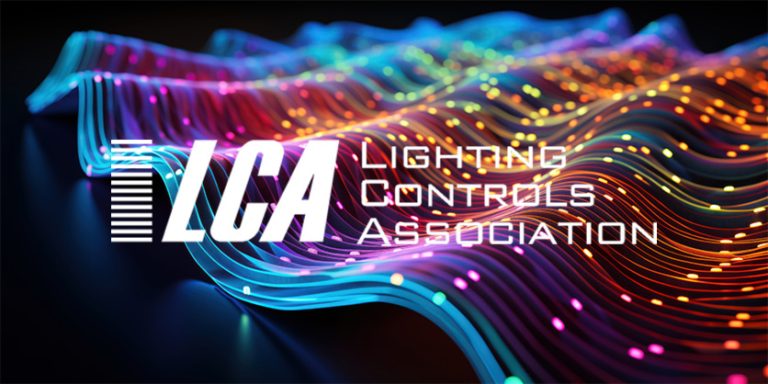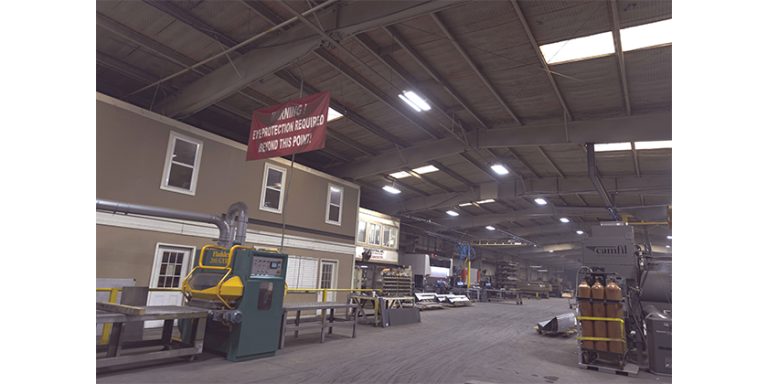Dissecting the Residential Lighting Trends Indicated by DOE’s Latest Report

Lighting is always the first place energy experts point to when it comes to reducing electricity usage, but as the DOE’s recently released 2020 U.S. Lighting Market Characterization (LMC) of its Solid-State Lighting (SSL) Program indicates, lighting only accounts for 14% of the nation’s total electricity consumption. (Air conditioning/heating, water heaters, appliances, washers/dryers, refrigerators, and dishwashers all consume more electricity than lighting when ranking energy eaters in the average home.)
That said, the evolution of LEDs has had a measurable impact when it comes to saving energy costs attributed to lighting. The residential portion of the market, which had been largely dominated by incandescent for many decades, has seen the most dramatic amount of change since 2015 as the report found LEDs now account for 48% of all installed lighting units in U.S. homes.
Greater Acceptance
Fortunately, consumers have adopted LED technology faster than they did compact fluorescent as an incandescent alternative for ambient and decorative lighting in their homes. Among the contributing factors that the LMC indicates helped speed adoption: the reduction in cost of LED lighting; increased awareness of the performance and energy-savings benefits; and, of course, federal and state lighting regulations and efficiency incentive programs.
Broader Knowledge
Another great boost for LED adoption has come from greater awareness of color temperature, with lighting professionals doing their best to chip away at the consumer myth that all LEDs are “blue” in color. Presumably, by providing more information to homeowners during the purchase phase that there is ample availability of “warmer” LEDs (in the 2700K-3000K range) that mimic incandescent better than compact fluorescent did, more customers felt more comfortable making the switch to LED.
Familiarity With Technology
The LMC noted that the residential sector has seen a surge in smart lighting solutions over the past 10 years. It took the era of smartphone apps and voice assistants to help many homeowners get comfortable with lighting controls. If a lighting professional mentioned “lighting controls” to homeowners 20 years ago, they were talking about wall-mounted dimmers — and many consumers didn’t view them as a must-have amenity. Now, thanks to the widespread use of smartphone apps, conversations with consumers about the advantages of “controlling” their lights remotely (on/off, dimming, color-changing, color-tuning, etc.) are easier and with fewer objections.
Outdoor Lighting Upgrades
The LMC data pre-dates the pandemic – when consumers spent more time at home – however, even without that bump in backyard renovations, the report revealed that landscape lighting, pathway lights, and security lighting have steadily increased in importance with homeowners. LEDs were reported as the dominant light source, due to lamp longevity and low maintenance, and using LED outdoors became the gateway for consumers to eventually experiment with LED as a light source indoors.
What the LMC Data Means for You
For Residential Contractors: There are still plenty of retrofit opportunities in your communities for replacing incandescents or CFLs with energy-efficient LEDs. Consider collaborating with lighting showrooms or lighting designers to expand your respective job portfolios.
For Smart Home Integrators: Incorporate smart lighting solutions to meet the growing consumer expectation and demand for home automation.
For Lighting Showrooms: There is a growing need to educate consumers on all of the capabilities of LED technology and controls for greater comfort, convenience, and energy savings. Stock a wide variety of LED fixtures, decorative lighting, and outdoor options to ensure homeowners find suitable choices.
In summary, the residential sector’s adoption of LED lighting and its impact on energy consumption highlight the need for informed choices by homeowners, contractors, and lighting showrooms. As the market continues to evolve, staying abreast of trends and offering innovative solutions will be essential for success in the residential lighting industry.
Related articles
DOE Releases 2020 U.S. Lighting Market Characterization Report: Key Insights and Trends
Shaping the Future of Commercial Lighting in the United States – US Lighting Trends
IES & DOE 2024 Research Symposium: Research Trends for Next-Generation Lighting Tools









